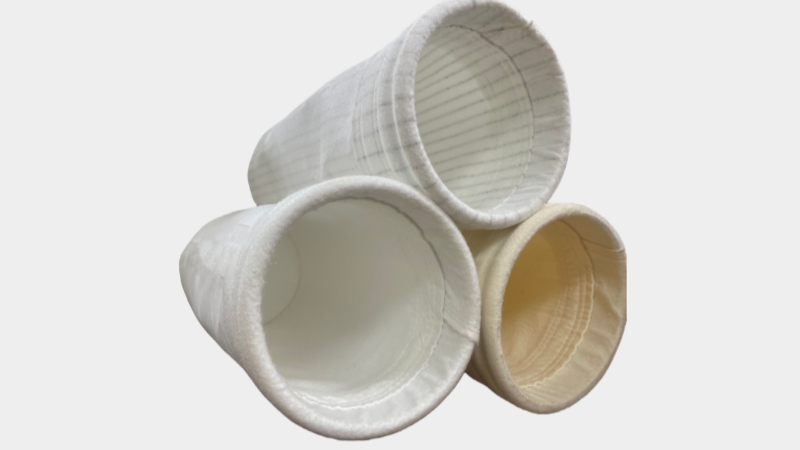
The replacement cost of dust collection filter bags directly affects an enterprise's operating expenses. Why can some filter bags last for years, while others fail after only a few months? The secret lies in three critical factors—cleaning methods, operating conditions, and maintenance strategies.
Cleaning is essential for maintaining dust collector filter bags performance, yet improper cleaning is one of the main causes of filter bag wear.
The most common method—pulse jet cleaning—depends heavily on parameters such as pressure, frequency, and nozzle distance.
Excessive pressure or high cleaning frequency leads to frequent collision and friction between the filter bag and the cage cause mechanical damage and fiber fatigue, leading to a loosening of the fiber structure.
Insufficient pressure or too slow frequency, on the other hand, allows dust layers to accumulate, increasing resistance and potentially causing bag clogging.
Optimization strategy: Find the ideal cleaning balance—maintain the lowest possible pulse pressure and frequency while keeping system resistance under control.

The working environment is the ultimate test of filter bag durability.
Flue gas temperature:
Too high—exceeding the filter material’s tolerance—can cause hardening, shrinkage, or even melting.
Too low—leads to condensation and acid dew formation, which corrodes fibers and causes dust to cake.
Dust properties:
Abrasive dusts wear down the bag surface, especially at the cuff and pleat bottoms.
Sticky dusts cause caking and make cleaning difficult.
Chemical corrosion from SOx or NOx gases forms acids or alkalis at certain temperatures, weakening filter fibers over time.
Even the best filter bag requires proper maintenance to perform reliably.
Installation and replacement: Incorrect installation is a major cause of early failure. Ensure proper fit between the bag and cage—no excessive force or friction. Inspect and clean the cage and tube sheet openings during replacement.
Monitoring and recording: Track inlet and outlet pressure differences. A sudden increase often signals clogging or bag blinding.
The service life of a dust filter bag is not determined by a single factor—it’s the result of the combined influence of cleaning methods, operating parameters, and maintenance practices. By managing these three aspects with precision and care, enterprises can extend filter life, reduce costs, and enhance overall operational efficiency—unlocking the true “lifespan code” of dust filter bags.